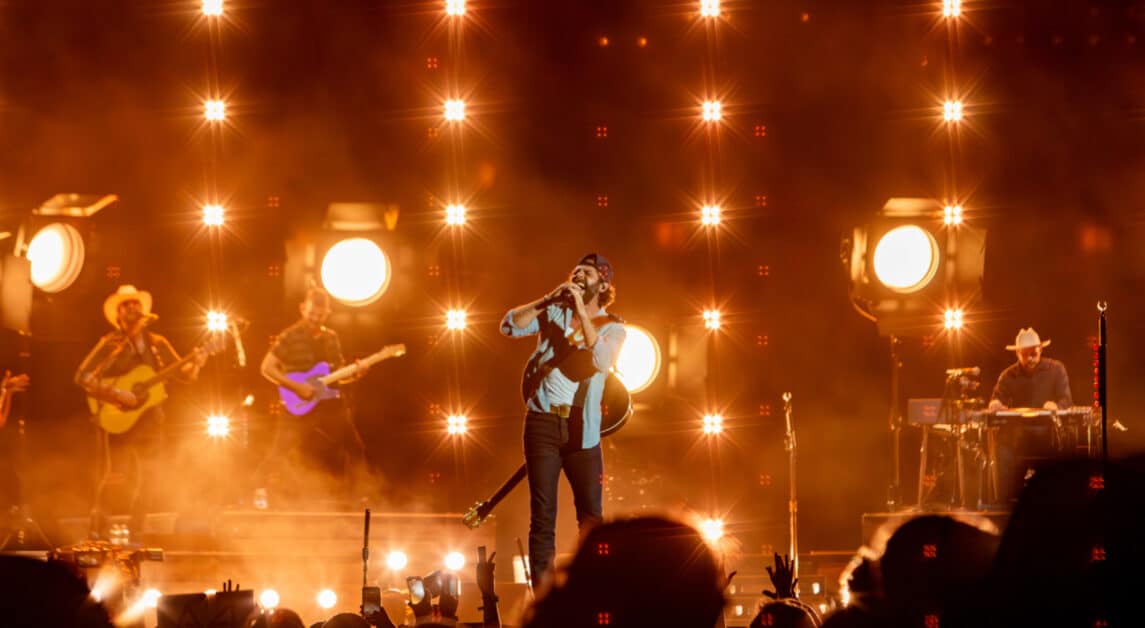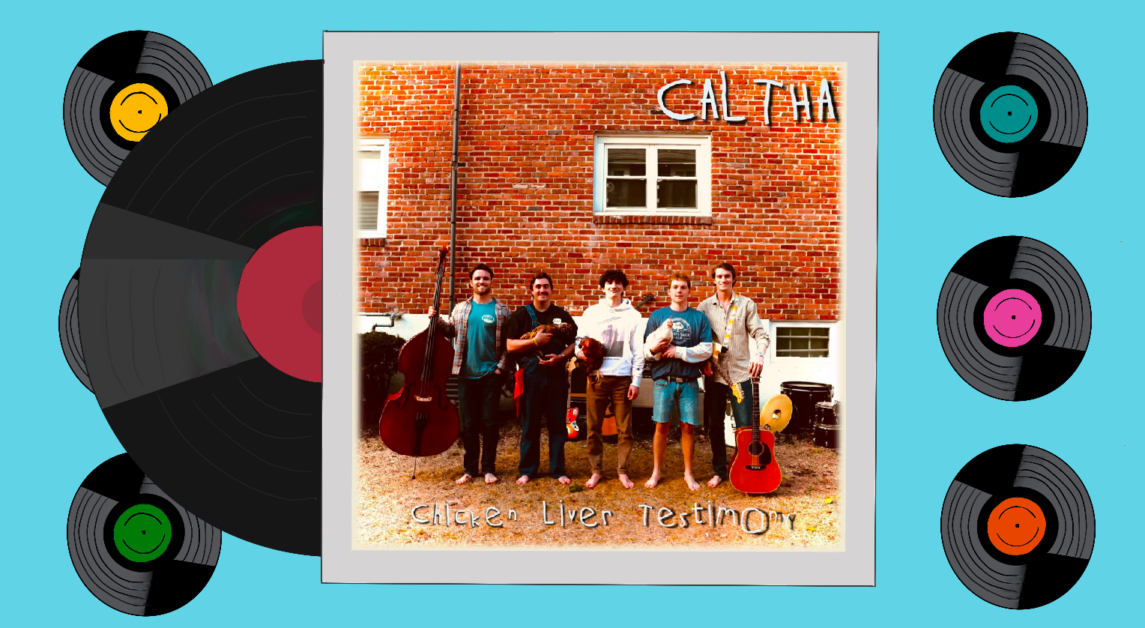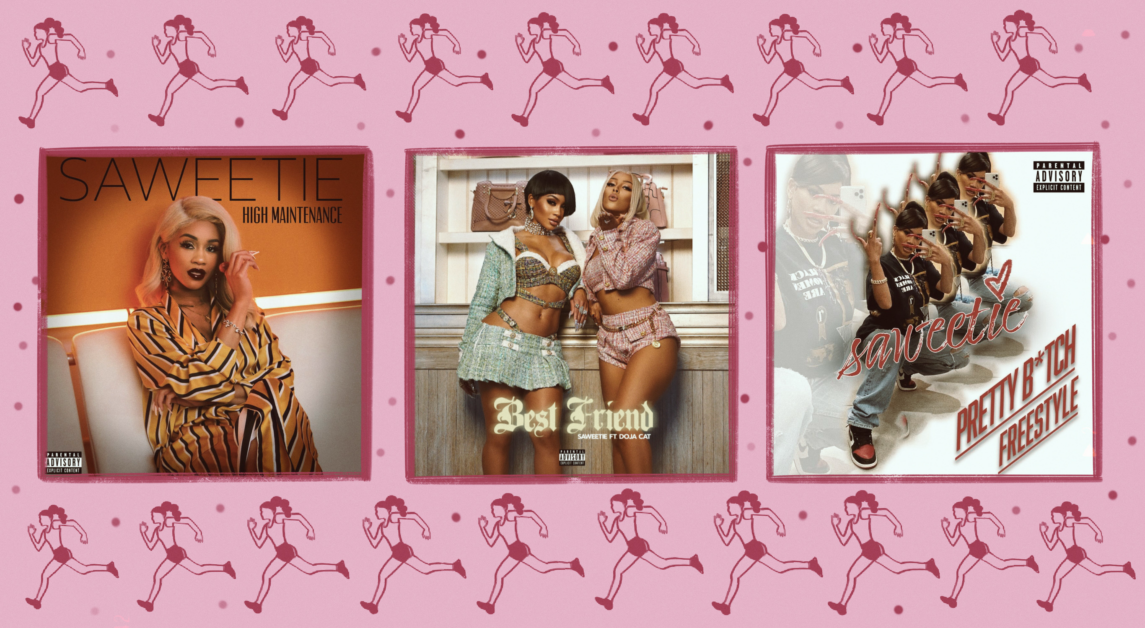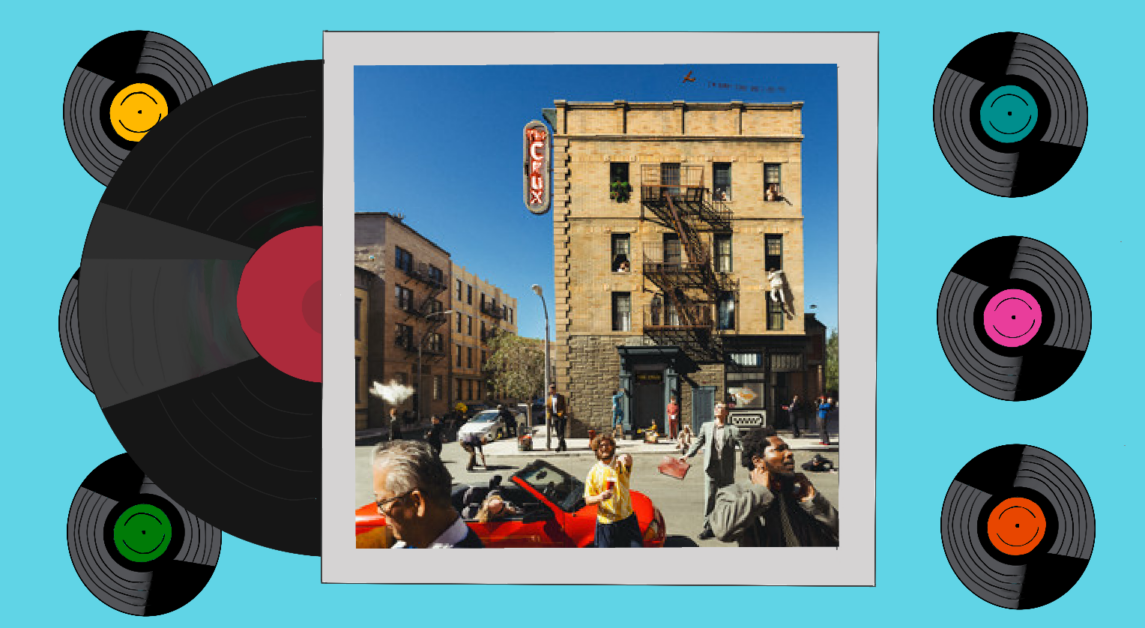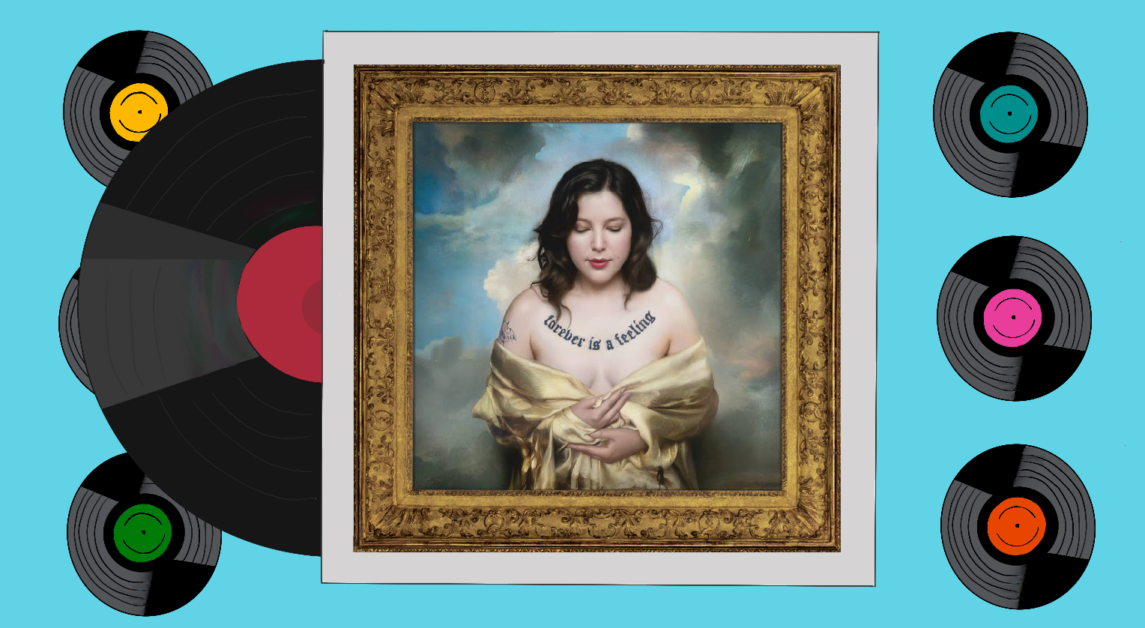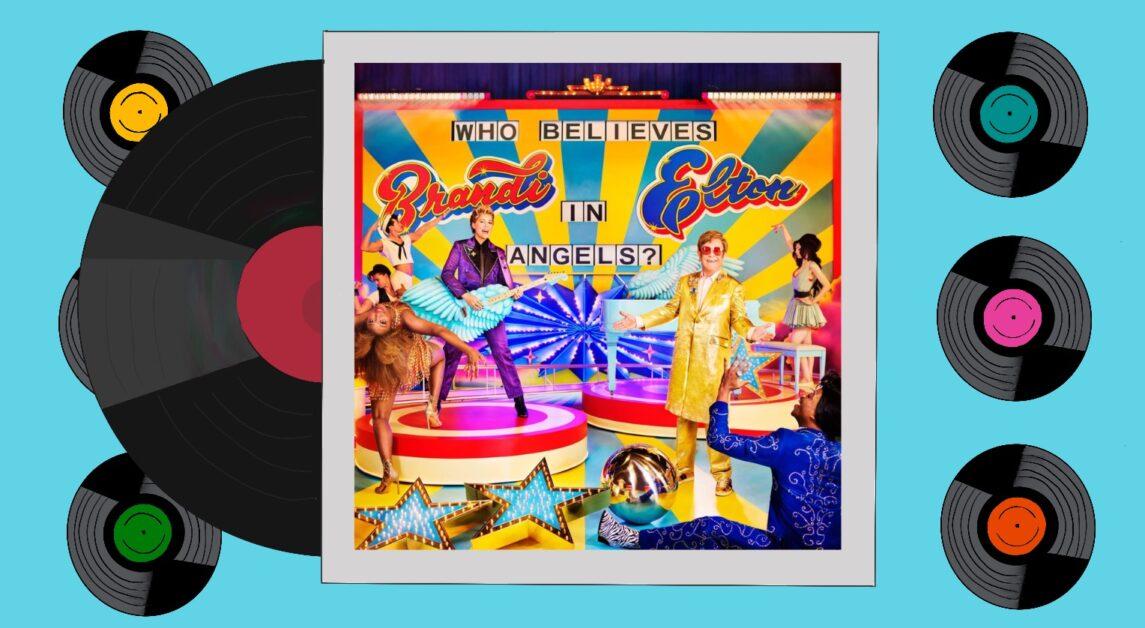
Five short years ago, Danny Brown was a 30-year-old rapper still pining for a place on hip-hop’s main stage. Today, with Atrocity Exhibition, he’s made what very well may be the best rap album of 2016.
Danny Brown began turning heads in 2011 with his second studio album, XXX. This record, which contained as many party-rap cuts as it did melancholic tunes, effectively established Danny as the Jekyll and Hyde of rap—one minute he was gleefully embracing decadence, the next lamenting its poisonous allure.
Danny further explored his dichotomous persona on his next album. On Old (2013), his two conflicting personalities became so distinct that they might as well have been two entirely different MCs. And much of the rapper’s young fan base seemed to prefer the Danny that cartoonishly rapped about drug excess over EDM instrumentation to the Danny that moodily divulged his inner psyche.
In a recent interview with NPR’s All Songs Considered, Danny expressed discontent toward people viewing him as a mere “atrocity exhibition,” something horrendous that people are grossly attracted to. “People look at me like I’m some type of crazy, drugged-out, drug addict or something,” he said. “Don’t get entertained by that.” But with Atrocity Exhibition, entertainment is exactly what Danny gives his young fans, although perhaps not in the way they expected.
Named after the Joy Division song of the same name, this album is Danny’s way of firing back at those who amuse themselves with his drug addiction. Drugs are a major part of the record’s subject matter, but there are no more party-rap dance tunes. There is no more split personality, no more Jekyll and Hyde. There is only one Danny Brown on this record, one that embraces decadence as a fact of life that is slowly killing him. Danny pulls the listener headfirst into his abysmal reality of addiction and depression, as death lurks around every corner.
The intro track “Downward Spiral” impeccably sets the tone for the record. Danny’s whacky whine enters almost immediately (“I’m sweating like I’m in a rave / Been in this room for three days”) atop haphazard acoustic drums and an ominous guitar twang. He paints a dark, lonely picture of drug use, sexual exploits, and disillusionment with fame, so vivid that you feel as if you’re living in his nightmarish world.
Over the past few years, Danny has become well-known for his unorthodox, nasally vocal delivery. But for the first time on a Danny Brown record, the instrumentals that he hops on are just as whacked out as he is. Primarily produced by Paul White, Atrocity Exhibition’s beats are exceedingly dark and experimental.
The instrumental on “Rolling Stone,” produced by South African singer Petite Noir, features a skeletal groove with clunky bass lines and chilly chorus vocals, atop which Danny spits steady but convicted bars. The beat on “Lost” sports a haunting, almost ghostly vocal splice from Chinese singer Lena Lim’s “Lian Zhi Huo.” Danny’s weaves his flows masterfully around the stop-start rhythm on this track.
Even the “bangers” on Atrocity Exhibition are a long way off from the molly-popping festival crowd-pleasers like “Dip” and “Smokin’ & Drinkin’” from Old. “Ain’t It Funny” employs a jarring, brittle synth sample of Nick Mason from Pink Floyd’s “Wervin,’” which complements Danny’s relentless, paranoid verses. “When It Rain,” the album’s lead single, features spooky bass drones and nutty synth leads atop a booming drum beat. Danny delivers one of the fastest, most fiery flows of his career on the cut, sounding desperate and frightened half to death. Sure, Atrocity Exhibition has songs that boost BPMs, but you’re not gonna want to twerk to any of them.
As good as the beats are, however, Atrocity Exhibition is really all about Danny Brown. Almost all of the songs on this record, exempting “Tell Me What I Don’t Know” and the moody “From the Ground,” feature Danny rapping in his characteristic cooky, high-pitched voice. It’s a style of rapping that turns a lot of people off, but truly fits the off-the-wall nature of the instrumentals and lyrical content on the album. Danny yelps like a savage animal on “Dance in the Water.” On “White Lines,” his voice quavers and croaks as he fears overdosing, rapping “I hope it ain’t ’bout my time to go.”
“Really Doe” is the only song to feature verses from other rappers—Earl Sweatshirt, Ab-Soul, and Kendrick Lamar spit on the track. None of them, however, not even King Kendrick, sounds better over the sparkling instrumental than Danny himself.
“Get Hi,” the penultimate song, is the only real dud on the tracklist. Danny’s verses are decent and the warm, buzzing instrumental nicely contrasts the album’s otherwise melancholic mood. But Cypress Hill’s B-Real lays down a hook that is way too sugary sweet for me to stomach. Plus, the song’s lyrical content, which encourages smoking weed, doesn’t really seem to fit with Atrocity Exhibition’s examination of the darker side of drugs.
Despite this minor blemish, however, Danny comes through with his most experimental, compelling record yet. It may be his best work. With Atrocity Exhibition, Danny Brown has shown fans and haters alike that he’s more than a mere junkie. He isn’t just a party-rapper. He isn’t just another whacked-out MC. He is a true artist.
Featured Image By Warp


